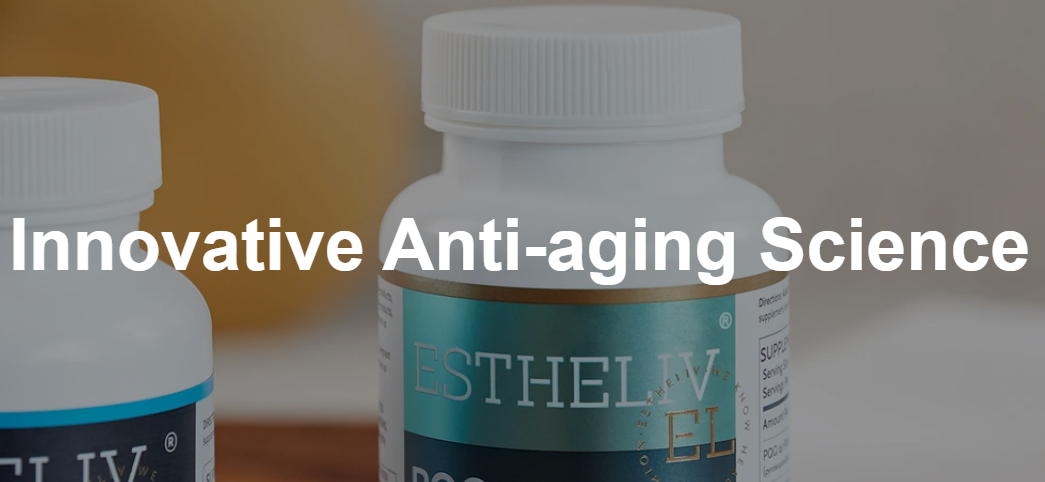Pyrroloquinoline quinone (PQQ) has been identified as a natural synergistic redox agent in bacteria and is thought to have antioxidant and biolgical activity. It is also found in mammalian tissues and may be present in foods. However, its effects are not well understood. In particular, the elucidation of the mechanisms of action of PQQ in regulating chondrosarcoma cells is still pending.
Pyrroloquinoline quinone, or PQQ, is a small molecular molecule that was first discovered as a novel enzymatic co-factor in bacteria. It binds to proteins and modifies their activities. Its effects include inhibition of thioredoxin reductase and activation of the PI3K/AKT cell proliferation pathway. In addition, it is an apoptosis inducer. Similarly, it can reduce lipid peroxidation, protect liver mitochondria from oxidative stress, and scavenge reactive oxygen species. Previously, it was implicated as an enzymatic cofactor for diamine oxidase and dopamine b-hydroxylase in the kidneys of pigs.
PQQ is a compound that occurs naturally in a variety of foods and has been reported to be an effective antioxidant. In fact, it is 100 times more effective than vitamin C in eliminating free radicals. Several studies have indicated that PQQ can modify the redox state of the nucleus pulposus and the mitochondrial membrane potential. Moreover, it is believed to be a non-vitamin growth factor. A recent study suggests that PQQ may be able to protect against alkylating agents, common in cancer therapy, that can cause great damage to the ovary. The present study aimed to determine whether PQQ dietary supplementation can protect against alkylating agent-induced ovarian dysfunction.
In vitro studies have shown that PQQ may act as a redox cofactor for bacterial quinoprotein dehydrogenases. However, the elucidation of the molecular mechanisms of action is still pending. One proposed mechanism is based on the fact that PQQ is capable of forming an imidazopyrroloquinoline derivative, PQQH2, which readily oxidizes when exposed to oxygen. This may lead to a recycling of PQQ as an antioxidant.
Pyrroloquinoline quinone is thought to be a relatively stable chemical and appears to be able to bind to proteins. The binding occurs by utilizing carbonyl groups. The resulting compounds are known as quinoproteins. Some of these are thought to contribute to cancer cell apoptosis. Another quinoprotein is a dolichol-containing protein that plays a critical role in the synthesis of glycoproteins.
Although the precise mechanisms of action are not well understood, the chemical is a promising candidate as a bioactive non-vitamin compound. As a result, it has gained attention in the health and wellness sphere. Many people use PQQ supplements to improve focus, energy, memory, and mental alertness. While it is not clear exactly how much of the supplement is required to achieve these benefits, most are sold in the range of 20-40 mg.
Pyrroloquinoline quinone has been shown to inhibit the growth of tumors, such as chondrosarcoma. Chondrosarcomas are malignant bone tumors that are resistant to chemotherapy. Furthermore, they exhibit a high resistance to radiation. Despite this, a decrease in tumor size and tumor volume were observed in mice that were administered PQQ for four weeks.
